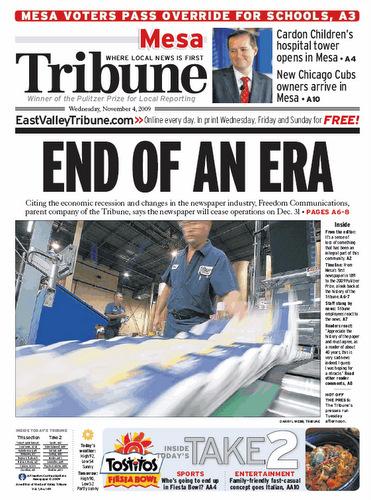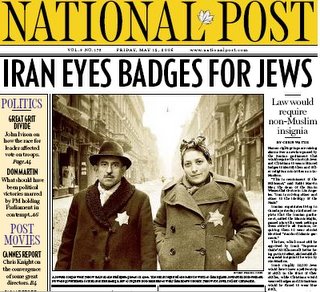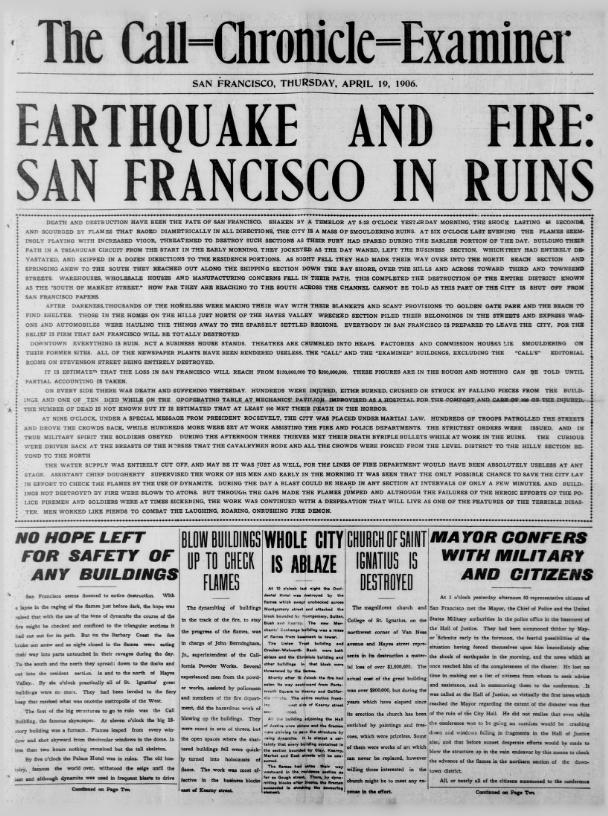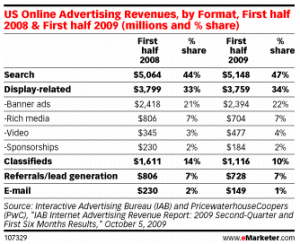Nearly a year to the day after announcing a radical strategy to cut back from daily to four-times-per-week frequency, the East Valley Tribune of suburban Phoenix is finally pulling the plug. Unless a buyer emerges with a reasonable bid, the paper will shut down at the end of the year, publishing its last print edition on December 30. About 140 employees will lose their jobs.
We’ve covered the Tribune’s twists and turns in previous entries, and there’s nothing particularly new to say about the situation. The Tribune has been operating under a cloud since it cut 40% of its staff and moved to free distribution a year ago. It has not been profitable in two years. The paper can still be saved if a buyer emerges within the next seven weeks, but owner Freedom Communications said no inquiries have been received that “we would remotely consider.” The Tribune traces its heritage back to 1891, when it was founded as the Evening Weekly Free Press. Its website has extensive reaction, a timeline and comments from the community.
Miscellany
The San Francisco Chronicle is going glossy. The beleaguered daily, which has been on thin ice since Hearst Corp. threatened to close it early this year, is making the unusual move in an effort to move its image upscale and appeal to advertisers as well as its core of older, affluent readers. Beginning Monday, the front page and many of the section fronts will be printed on higher-quality paper, although there’s disagreement about whether the paper will actually be glossy or simply a somewhat smoother version of newsprint. Huffington Post notes that the Chronicle has staged a comeback this year by hiking circulation prices and focusing on its core readership. It has even turned a profit some weeks, which is an accomplishment given that the Chron was reportedly losing $1 million per week at the beginning of the year.
The Chronicle’s strategy mirrors that of an increasing number of metro dailies, which are compensating for circulation declines by squeezing more circulation revenue out of its loyal customers. Circulation at the Chronicle is off more than 50% over the last eight years. The retrenchment isn’t a growth strategy, but it least it offers the prospect of financial stability.
That’s a short-term benefit, but the long-term problems may be worsening. The Wall Street Journal reports that newspaper publishers are scraping the bottom of the barrel in their cost-cutting efforts. With newsroom staffing down more than 40% in the US over the last eight years, there’s very little fat left to cut, Nat Worden notes. That means that revenue needs to start growing again. But it isn’t, and that means that publishers may be on the brink of an abyss. “It’s possible that newspapers are cutting costs to a level that accelerates the departure of their audiences towards other outlets,” says Fitch Ratings analyst Mike Simonton. In other words, a death spiral.
Alan Mutter throws water on the paywall concept, saying that publishers may be talking a good game but won’t have the nerve to pull the trigger and accept the loss of website traffic and its associated advertising revenue. He cites recent comments by executives from the Washington Post and the San Francisco Chronicle that indicate that neither believes paywalls are a viable strategy. Many publishers are intrigued by the prospect of charging for premium services, but they may have dug their own graves by hacking their workforces to the extent that there is little of value to offer. He also cites a poll of newspaper executives that indicated only half think paywalls have a chance.
While that may be a glass-half-empty perspective, Mutter points out that lack of unanimity on the issue is self-defeating. In other words, the strategy can’t work unless everyone is on board because the outliers will sabotage the whole equation.
That isn’t stopping MediaNews from pressing ahead, however. The publisher will test pay walls at two of its smaller newspapers beginning in the first quarter of 2010. The Chico (Calif. ) Enterprise-Record and the York (Pa.) Daily Record had been selected for the experiment, presumably because the downside risk is small. MediaNews CEO Dean Singleton said he has no intention of blocking free content from all his properties, but, “We have to condition readers that everything is not free.”
The Toronto Star plans to outsource about 100 editing jobs overseas, including copyediting and pagination. The move comes even as parent company Torstar reported a modest profit for the third quarter, despite a 12.6% plunge in advertising revenue. “We must find the best way to operate our business at the lowest possible cost, including contracting out non-core functions where there is a sound business case to do so,” wrote publisher John Cruickshank in a memo to employees. Offshore outsourcing has been a growing trend for the last couple of years, but job losses have mainly been confined to back-office functions. There’s no word on whether the Star may actually farm out reporting jobs, which are far more difficult to perform from half a world away.
It just gets worse and worse in the magazine business. The Associated Press is reporting that Time Inc. will lay off 540 people next week, while The New York Times says the publisher has informed the state of New York that 280 layoffs are coming in New York alone between now and the end of January. Time Inc. cut 600 jobs, or about 6% of its workforce, a year ago.
At least there are a few new jobs for those idle to journalists to apply for. Editors Weblog reports that the UK’s Bureau of Investigative Journalism is hiring up to 20 journalists as it seeks to spend a £2 million pound grant it recently received from the Potter Foundation. And The Wall Street Journal plans to hire a dozen journalists to staff up a new regional edition. Of course, the Journal also just closed its Boston bureau and laid off nine reporters
And finally…
“‘Jon and Kate’ for first mention, ‘Jesus, ENOUGH’ afterwards.”
“Stories about people who claim to have psychic abilities must always be written as though they aren’t liars, for some reason.”
“To describe more than one octopus, use sixteentopus, twentyfourtopus, thirtytwotopus, and so on.”
“The plural of ‘Pokemon’ is ‘vermin.'”
Those are just a few of the gems from one of the funniest new voices in the Twittersphere. Follow @FakeAPStylebook for more. Journalists will recognize the style of the tweets as being in the mold of the AP style book. Only the crew of 16 publishing professionals who collaborate on the tweet stream bring a deliciously twisted perspective to their craft. Mark Glaser rips the lid off the anonymous micro blogger, noting that the account has gathered 40,000 followers in just 15 days as well as a literary agent who wants to score a book deal.




















